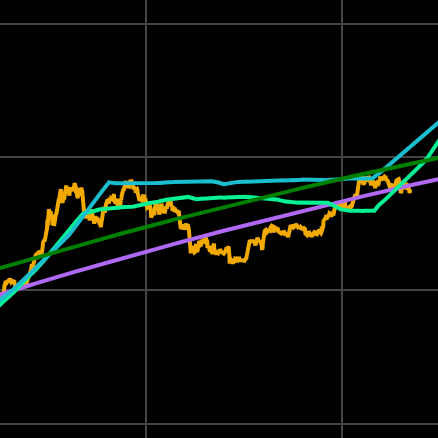
Key Takeaways
- Michael Saylor met with U.S. lawmakers to discuss Bitcoin policy.
- His framework categorizes digital assets and outlines regulatory guidelines.
- Saylor argues Bitcoin reserves could help offset U.S. national debt.
Michael Saylor, executive chairman of MicroStrategy, met with the House Financial Services Committee and Representative French Hill to discuss the role of Bitcoin in the U.S. economy.
Congressman Dan Meuser, who hosted Saylor, emphasized the importance of establishing a clear regulatory structure for digital assets.
Meuser stated:
Digital assets can unlock a frictionless payment future and enable new sources of access to capital.
On Tuesday, I had the opportunity to meet with the House Financial Services Committee and @RepFrenchHill to discuss digital assets and how we can make the U.S. the global leader in Bitcoin and crypto. The Digital Assets Framework I presented during the meeting is attached below. https://t.co/S9l79CphUX
— Michael Saylor⚡️ (@saylor) February 27, 2025
Proposed Digital Assets Framework
Saylor presented a Digital Assets Framework designed to create a structured and efficient market for digital assets.
The framework includes:
- Taxonomy: Categorizing digital assets, with Bitcoin classified as a “Digital Commodity.”
- Legitimacy: Establishing rights and responsibilities for issuers, exchanges, and asset owners.
- Practicality: Encouraging efficient regulation and reducing compliance costs.
- Vision: Expanding capital markets, reducing issuance costs, and enabling small businesses and individuals to access funding through tokenized assets.
- Opportunity: Positioning the U.S. as a global digital asset leader, strengthening the U.S. dollar, and leveraging Bitcoin reserves to reduce national debt.
Saylor emphasized that a well-structured digital asset policy could create trillions in economic value and solidify the U.S. as the dominant force in the digital economy.




